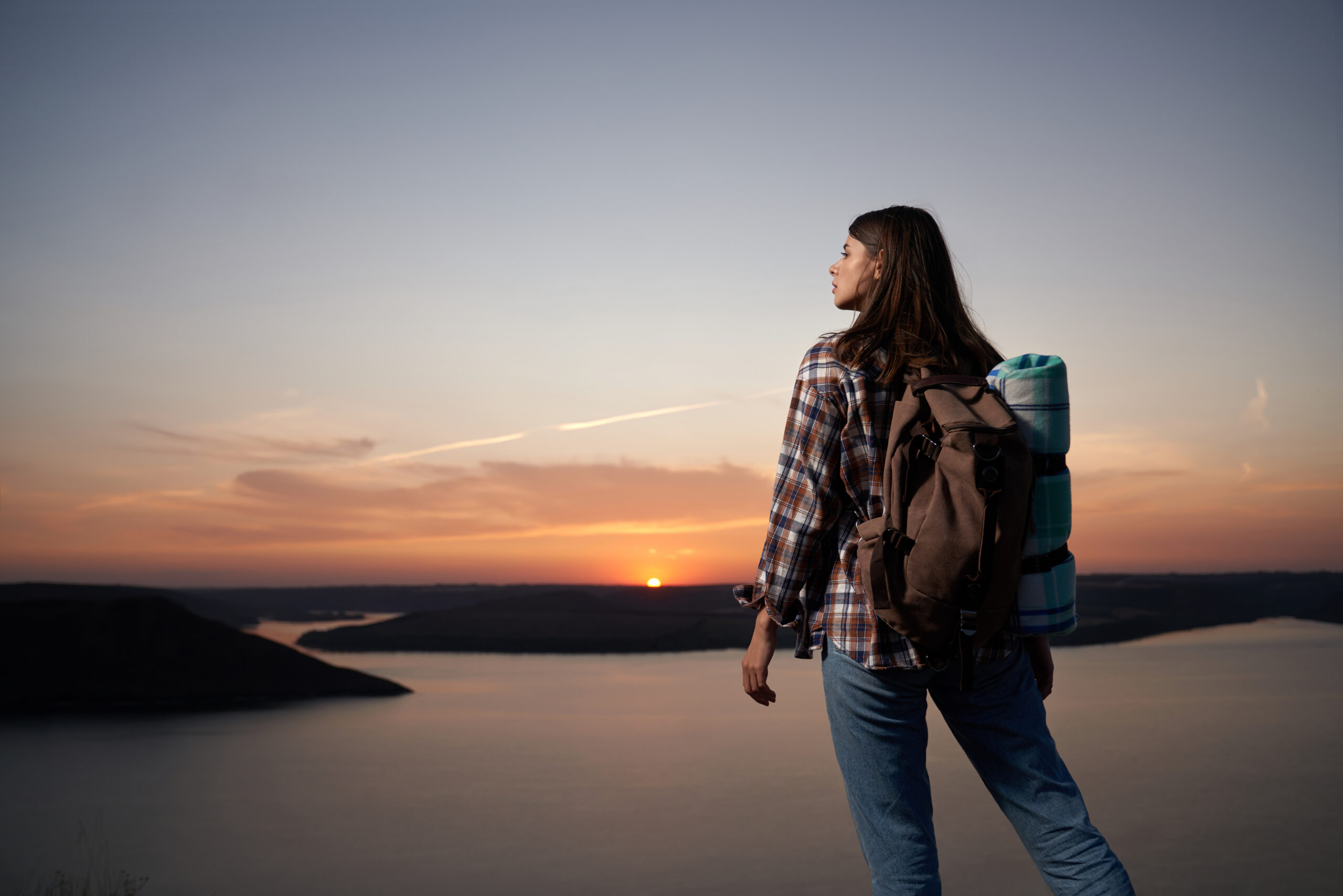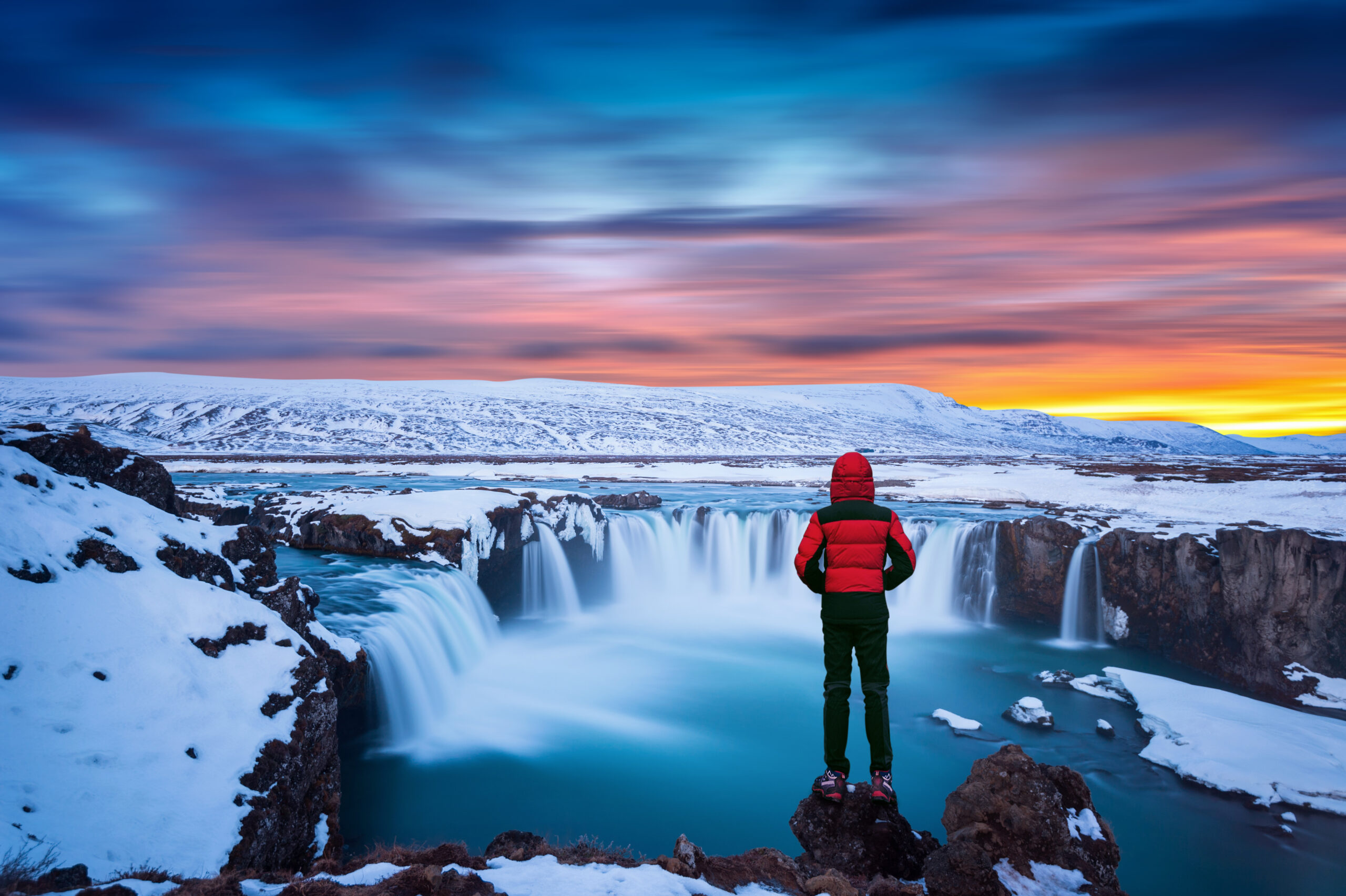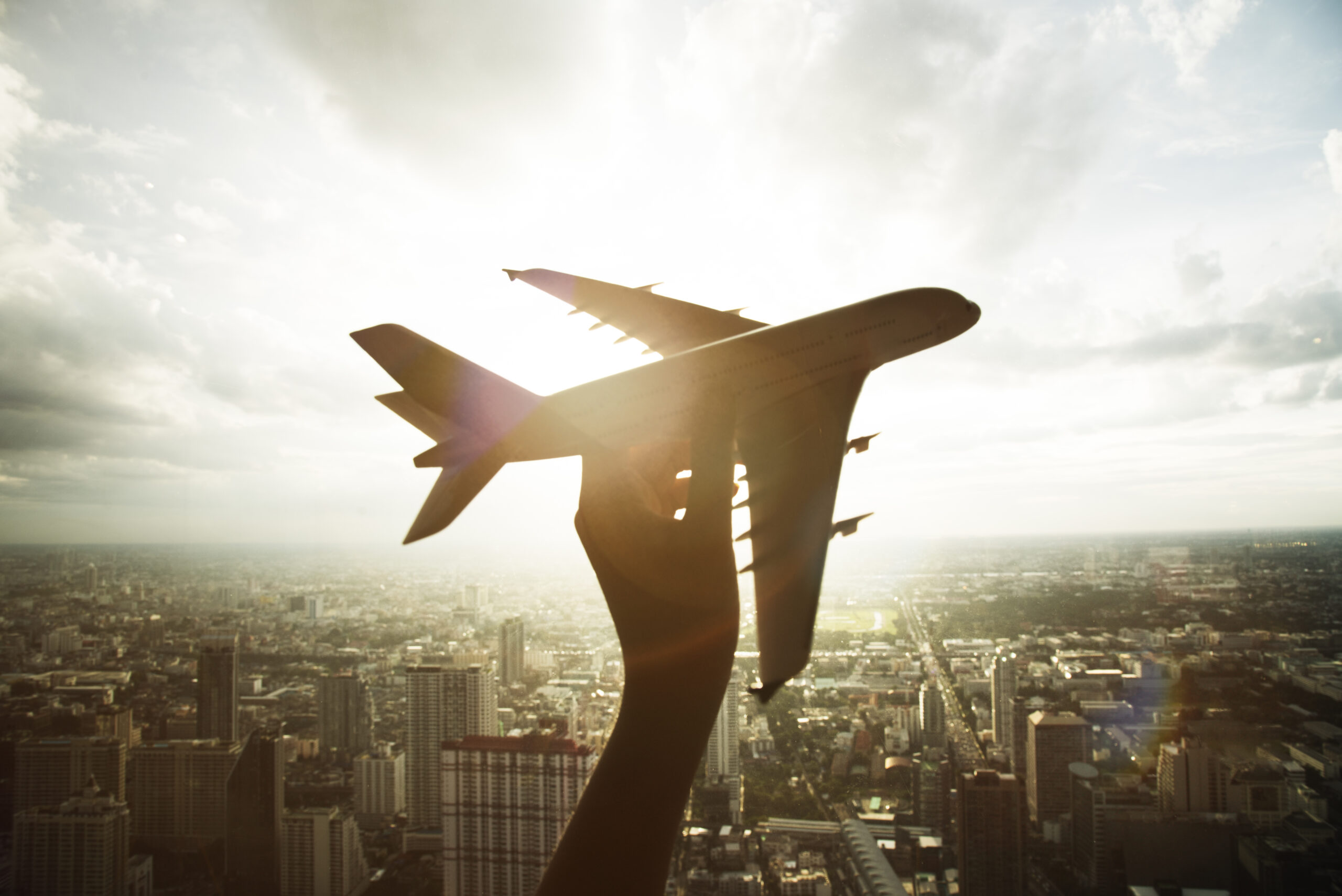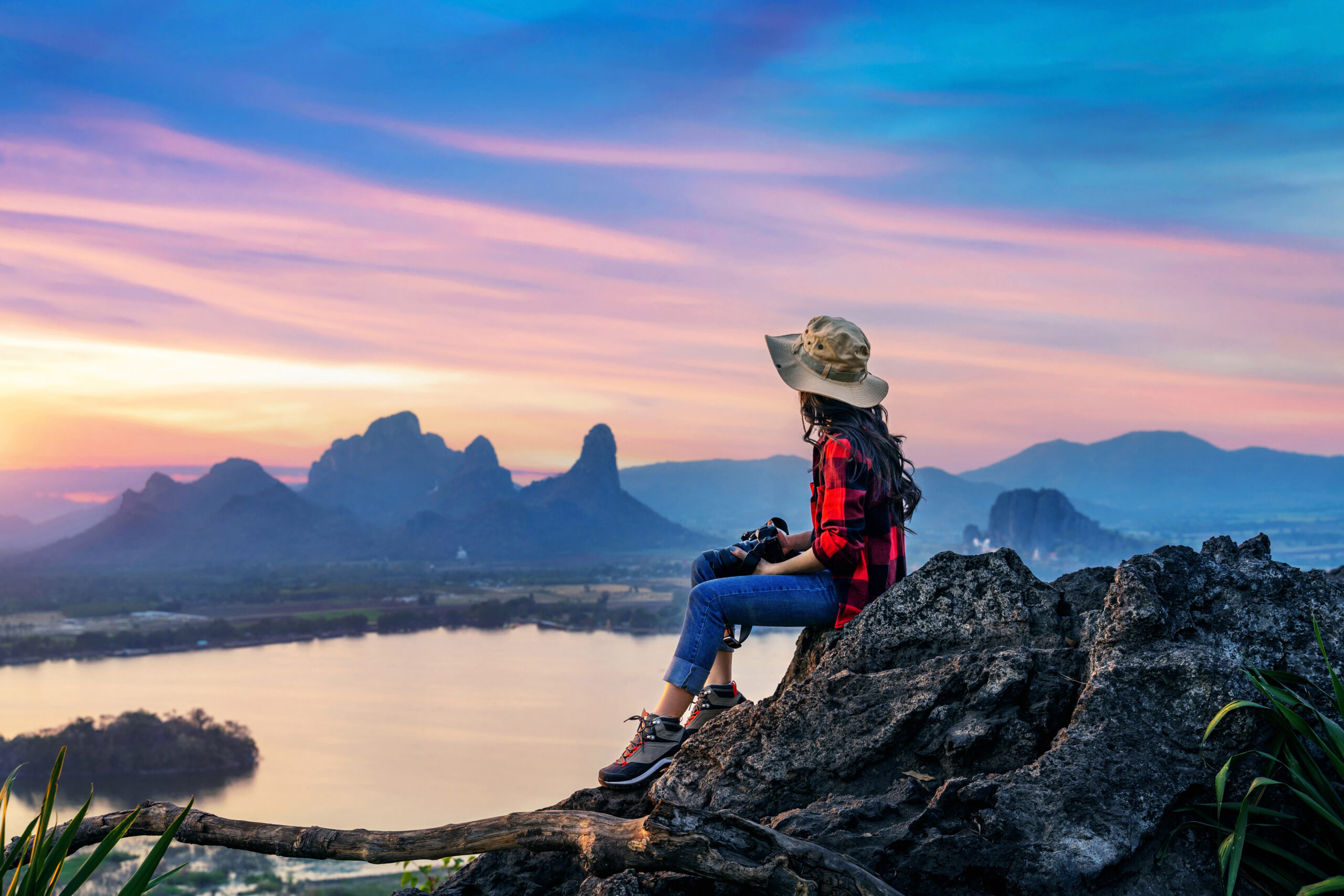Top 10 Safety Tips for Solo Travelers: Stay Secure on Your Adventures

Solo travel is an exhilarating experience that offers freedom, self-discovery, and unforgettable adventures. However, traveling alone also requires extra vigilance to ensure your safety. Whether you’re a seasoned solo traveler or embarking on your first journey alone, these top 10 safety tips will help you stay secure, confident, and empowered as you explore the world on your own terms.
1. Research Your Destination Thoroughly
Knowledge is your first line of defense as a solo traveler. Before booking your trip, dive into research about your destination’s safety landscape. Start by checking government travel advisories for any warnings or alerts. Websites like the U.S. Department of State or the UK Foreign Office provide up-to-date insights into political unrest, health risks, or areas with high crime rates.
Next, scour travel blogs, forums, and social media groups to learn from other solo travelers’ experiences. Platforms like Reddit, Lonely Planet’s Thorn Tree, or Facebook travel groups often highlight lesser-known risks, such as common scams or neighborhoods to avoid. For example, petty theft in crowded tourist areas might not make government advisories but could be a recurring theme in traveler reviews.
Understanding local customs is equally important. Dress codes, gestures, or social norms that seem harmless to you might inadvertently draw unwanted attention. In conservative regions, blending in by dressing modestly can help you avoid standing out as a tourist.
Finally, map out safe neighborhoods for accommodation and note emergency contact numbers (police, ambulance, embassy) specific to your destination. Apps like TripIt or Google Maps allow you to save offline maps and mark key locations in advance.
2. Share Your Itinerary with Trusted Contacts
One of the golden rules for solo travelers is to never keep your plans a secret. Share your detailed itinerary—including flight details, accommodation addresses, and activity schedules—with at least two trusted friends or family members. Use apps like Google Maps’ location-sharing feature or WhatsApp’s live location option to keep loved ones updated in real time.
If your plans change mid-trip, send a quick update. For instance, if you decide to take a last-minute day trip to a nearby town, let someone know where you’re going and when you expect to return. Consider using a travel safety app like bSafe or Noonlight, which allow you to trigger an emergency alert with your GPS location at the touch of a button.
For added security, register with your embassy or consulate if traveling to a high-risk destination. Many countries offer free registration programs for citizens abroad, ensuring they can reach you quickly in case of natural disasters or civil unrest.
3. Stay Connected with Reliable Communication Tools
Staying connected is non-negotiable for solo travelers. Ensure your phone is unlocked and equipped with a local SIM card or an international roaming plan. Having access to data helps you navigate unfamiliar areas, translate signs, or call for help.
Invest in a portable charger to avoid dead batteries during critical moments. If you’re venturing into remote areas with spotty service, consider renting a satellite phone or carrying a GPS tracker like Garmin inReach, which works even off the grid.
Wi-Fi can be a lifeline, but public networks in cafes or hotels are often unsecured. Use a VPN (Virtual Private Network) to protect your personal information from hackers. Avoid accessing sensitive accounts, like online banking, over public Wi-Fi.
4. Secure Your Belongings Like a Pro
Losing your passport, money, or phone can turn a dream trip into a nightmare. Keep your valuables organized and hidden. Use anti-theft gear like slash-proof backpacks, RFID-blocking wallets, and combination locks for hostel lockers.
Divide your cash and cards into multiple stashes. Store a backup credit card in your luggage, keep daily spending money in a crossbody bag, and use a hidden money belt for emergencies. Avoid flashing expensive jewelry, cameras, or gadgets in public—these can make you a target for thieves.
When exploring, carry only what you need. Leave non-essential items (like extra cash or your passport) in a hotel safe. Take photos of important documents (passport, visa, insurance) and store them securely in cloud storage like Google Drive.
5. Avoid Risky Areas, Especially at Night
Even the safest destinations have neighborhoods best avoided after dark. Ask locals or your hotel staff about areas to steer clear of, and plan your day so you’re not wandering alone in unfamiliar places at night.
If you’re out late, opt for reputable ride-sharing services like Uber or Lyft instead of hailing random taxis. Always check the driver’s rating and license plate before getting in. Avoid shortcuts through dimly lit alleys or parks—stick to well-lit, busy streets where you’re visible to others.
Trust your gut. If a situation feels off, leave immediately. Solo travelers often develop a sharp intuition for danger; don’t ignore it to avoid seeming “rude.”
6. Trust Your Instincts Unapologetically
Your instincts are your most powerful safety tool. If a person, place, or situation makes you uneasy, remove yourself without hesitation. Solo travelers are sometimes pressured to be overly polite, but your safety trumps social niceties.
For example, if a stranger insists on “showing you around” or invites you to an isolated location, politely decline. Similarly, if a crowded market suddenly feels chaotic and overwhelming, retreat to a quieter area to regroup.
7. Blend In with the Local Crowd
Standing out as a tourist can attract unwanted attention. Observe how locals dress and behave, and mimic their habits. Avoid loud conversations in your native language, flashy clothing, or oversized cameras dangling from your neck.
Learn basic phrases in the local language, such as “Hello,” “Thank you,” and “Help.” This not only helps you navigate but also shows respect for the culture. Apps like Duolingo or Google Translate can be invaluable for quick learning.
8. Choose Reputable Transportation Options
Transportation risks vary widely by destination. Research safe options in advance: Are taxis reliable? Is public transit safe at night? In some cities, ride-sharing apps are safer than street taxis, while in others, registered airport taxis are the best bet.
Avoid overcrowded buses or trains where pickpockets thrive. If renting a car, ensure it’s from a trusted company and inspect it for safety features. For long-distance travel, opt for daytime journeys to minimize risks associated with overnight trips.
9. Stay Mindful of Your Health
Your physical well-being is part of staying safe. Carry a basic first-aid kit with bandages, pain relievers, and any personal medications. Research local food and water safety—stick to bottled water in regions where tap water isn’t potable.
Get travel insurance that covers medical emergencies, including evacuation. Companies like World Nomads or SafetyWing offer policies tailored to solo travelers.
10. Build a Network of Fellow Travelers
Solo travel doesn’t mean you have to be alone all the time. Connect with other travelers through hostels, group tours, or apps like Meetup. Having companions for certain activities (like hiking or nightlife) can enhance safety and fun.
Join online communities like Solo Travel Society or Couchsurfing forums to share tips and meetups. Always meet new acquaintances in public spaces and let someone know where you’ll be.
Final Thoughts: Embrace Adventure with Confidence
Solo travel is a transformative experience, and prioritizing safety doesn’t mean sacrificing spontaneity. By planning wisely, staying alert, and trusting your instincts, you’ll navigate the world with confidence. Every solo traveler has the right to explore boldly—just remember that preparation is the key to peace of mind.
Now, pack your bags, double-check your safety checklist, and embark on your next adventure. The world is waiting, and with these tips, you’re ready to conquer it safely—one solo journey at a time. 🌍✈️



